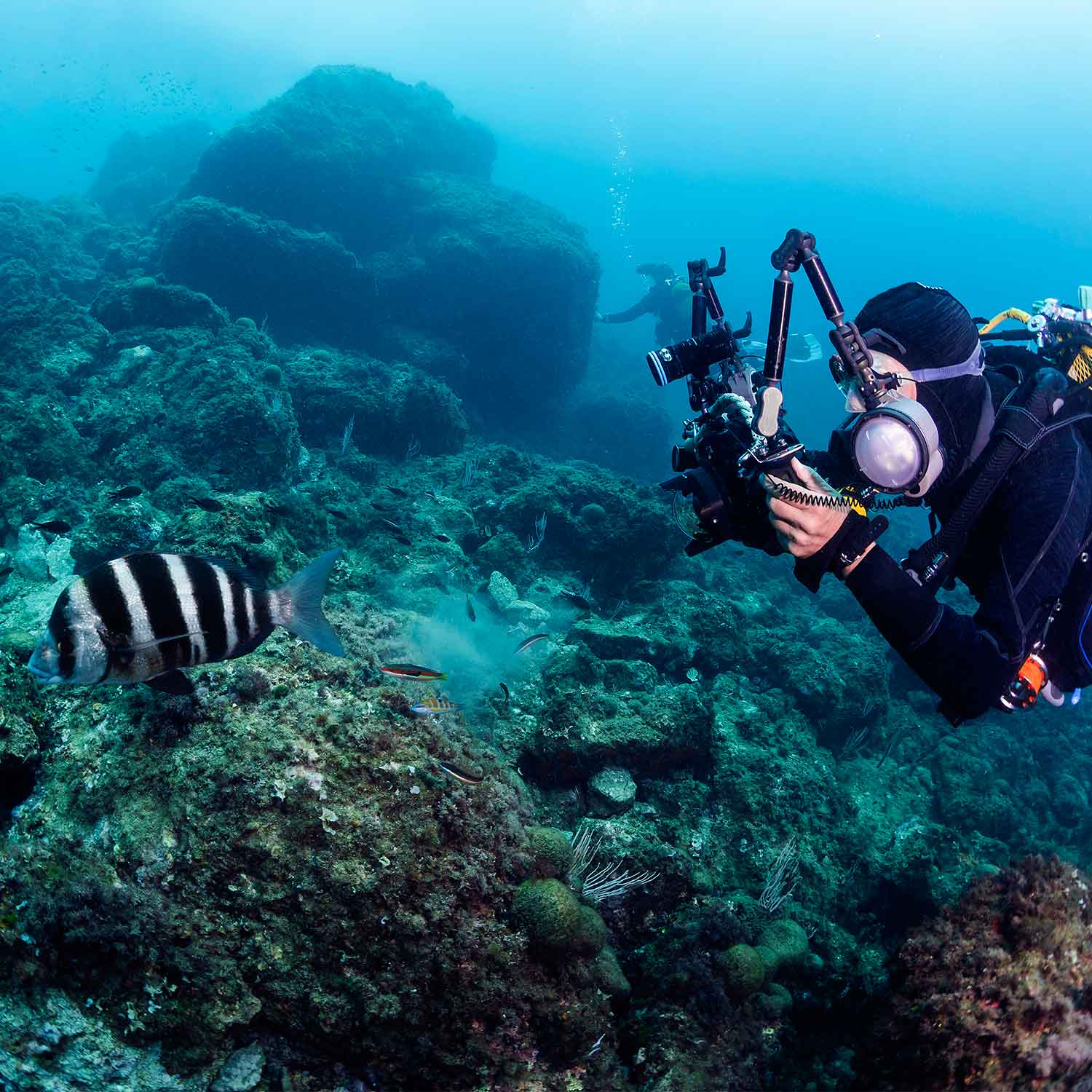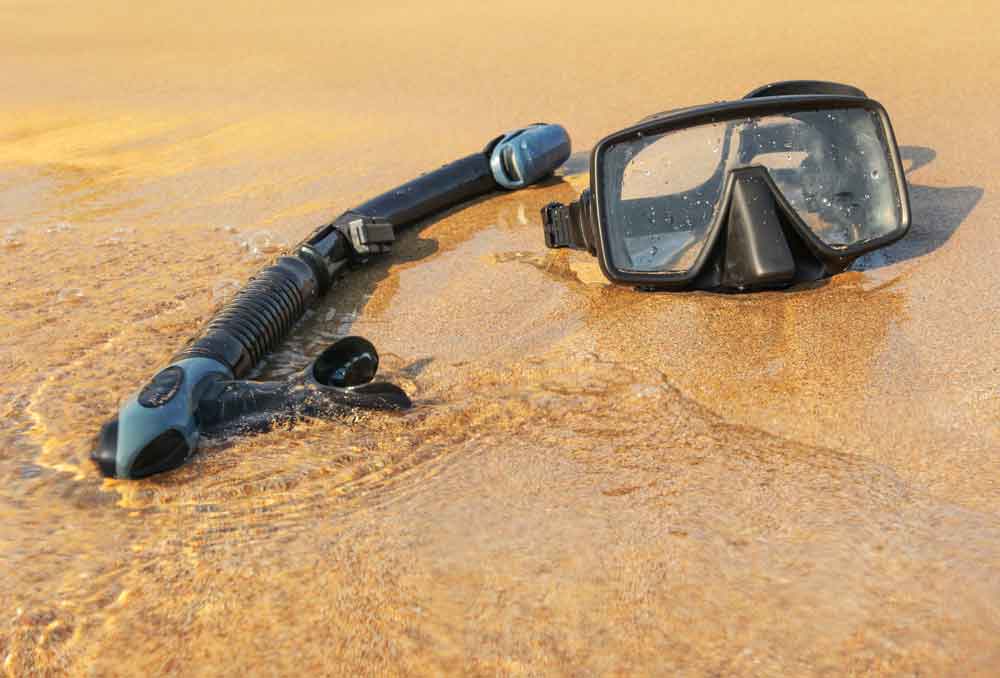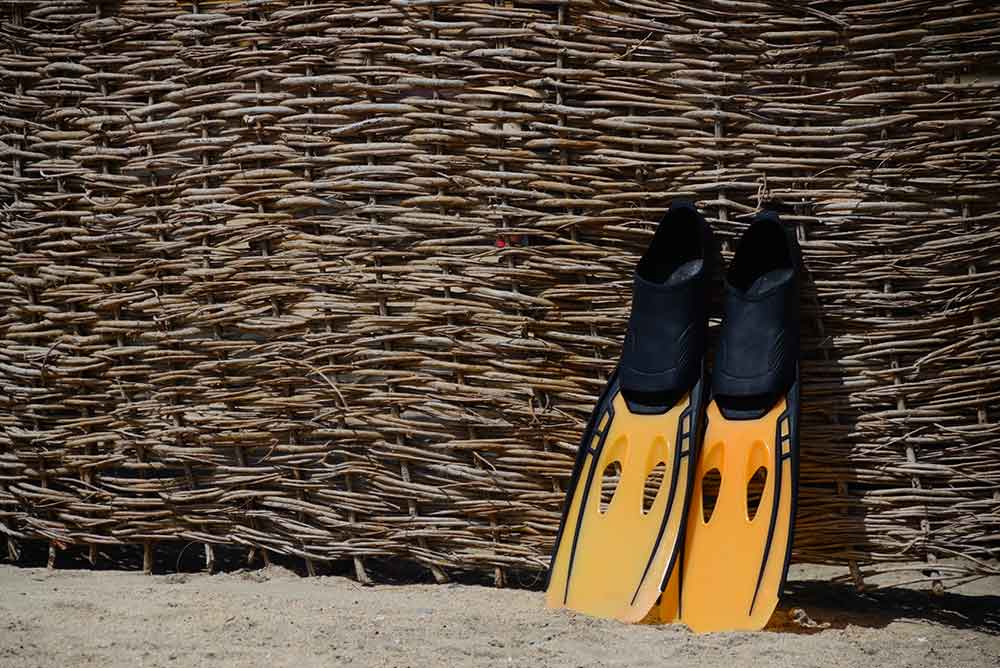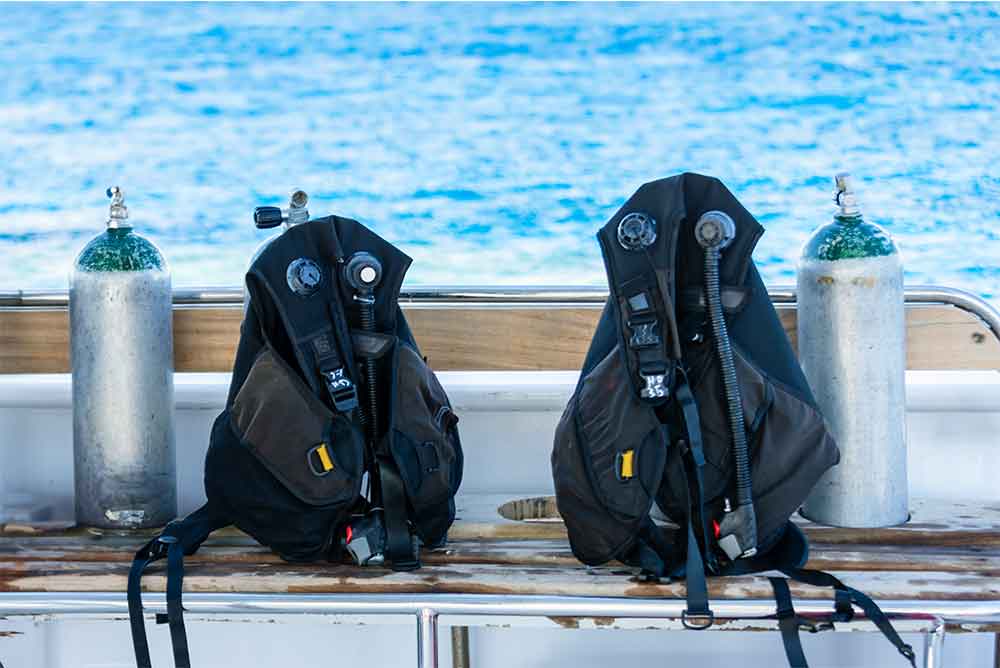Top Scuba Diving Gear for Diving in Indonesia and Beyond
Scuba Diving Indonesia offers practical guidance on selecting top scuba diving gear suited for Indonesia’s unique underwater environments. Whether you’re a beginner diver, recreational explorer, or seasoned professional, having the right scuba gear enhances safety, performance, and overall dive experience. This page highlights essential scuba diving equipment, specialized gear for different dive conditions, must-have accessories, travel-friendly tools, and professional-grade scuba gear.
The content is intended for informational purposes only. It does not constitute professional advice or endorsement of specific products or manufacturers. Users should consult directly with certified dive professionals or authorized retailers for individual equipment recommendations based on their needs and diving certifications.
Essential Scuba Diving Equipment for Every Diver
A scuba diving kit begins with essential gear supporting safe and comfortable underwater activity. These components form the foundation for any diving experience, regardless of location or skill level.
Mask, Snorkel, and Fins: Core Scuba Gear for Visibility and Movement
Every diver should have a well-fitted, low-volume mask with tempered glass for clear vision and easy clearing, along with a snorkel to conserve air before descent. Fins are essential for propulsion and control, particularly in strong currents found in places like Komodo and Raja Ampat.
Buoyancy Control Device (BCD) and Regulator
A well-fitted buoyancy control device (BCD) ensures stability and neutral buoyancy, with integrated weight systems adding comfort and convenience. Regulators with a balanced first stage and adjustable second stage provide consistent airflow and should meet safety standards and be regularly serviced.
Dive Computer and Gauges
A dive computer tracks depth, time, and no-decompression limits to help prevent decompression sickness, with advanced models offering features like air integration and digital compasses. Backup pressure and depth gauges are essential for safety in case of computer failure.
Wetsuits and Exposure Protection
In Indonesia’s warm waters, a 3mm wetsuit or shorty usually suffices, but colder sites like Nusa Penida or the Liberty Wreck may require a 5mm suit or thermal layers. Additional exposure protection like gloves, hoods, and rash guards helps guard against stings, scrapes, and temperature changes.
Specialized Scuba Gear for Diving Location Conditions
Indonesia offers many dive environments—from warm, shallow reefs to deep wrecks and strong currents. Divers must select gear that meets the specific demands of each location. Using specialized scuba gear improves safety, comfort, and dive performance in region-specific conditions.
-
Reef-Safe Sunscreen and Coral-Friendly Products
Divers should use reef-safe, biodegradable sunscreen free of oxybenzone and octinoxate to protect sensitive coral ecosystems like those in Bunaken and Wakatobi. Some marine parks may enforce sunscreen regulations, so checking local guidelines is advised.
-
Full-Face Masks for Muck Diving and Photography
Full-face masks provide integrated breathing, a wider field of view, and reduced jaw fatigue, making them ideal for muck diving or underwater photography in places like Lembeh Strait. They can also support communication devices, benefiting instructors and dive guides during training or group dives.
-
Surface Marker Buoys and Signal Devices
Surface marker buoys (SMBs) are crucial for diver safety in high-traffic or current-heavy areas like Komodo, signaling a diver’s location during ascent. Additional tools like whistles, dive flags, and signal mirrors enhance surface visibility and aid in emergencies.
-
Cold-Water and Deep Dive Gear
Despite Indonesia’s warm waters, certain sites with cold thermoclines or deep profiles may require semi-dry or dry suits, as well as dive lights for areas like Tulamben or the Banda Sea. Technical dives demand gear such as redundant air systems and lift bags, which should only be handled by trained and certified divers.
Must-Have Diving Accessories for Every Location Dive
Dive Knives, Cutting Tools, and Reel Systems
A dive knife or line cutter is essential for freeing yourself from entanglements, with corrosion-resistant stainless steel or titanium being ideal for saltwater. Reels and spools aid in deploying SMBs or navigating drift and wreck dives, making them invaluable for Indonesia’s strong currents in areas like Alor and Ambon, and should be securely attached to avoid loss.
Dive Knives, Cutting Tools, and Reel Systems
A dive knife or line cutter is essential for freeing yourself from entanglements, with corrosion-resistant stainless steel or titanium being ideal for saltwater. Reels and spools aid in deploying SMBs or navigating drift and wreck dives, making them invaluable for Indonesia’s strong currents in areas like Alor and Ambon, and should be securely attached to avoid loss.
Dive Knives, Cutting Tools, and Reel Systems
A dive knife or line cutter is essential for freeing yourself from entanglements, with corrosion-resistant stainless steel or titanium being ideal for saltwater. Reels and spools aid in deploying SMBs or navigating drift and wreck dives, making them invaluable for Indonesia’s strong currents in areas like Alor and Ambon, and should be securely attached to avoid loss.
Gear for Scuba Professionals and Serious Divers
Experienced divers and professionals require scuba gear that can withstand frequent use, deeper dives, and more complex dive environments. Advanced features, durable construction, and redundant safety systems are key priorities for instructors, dive masters, and technical divers operating in Indonesia’s diverse dive sites.
-
Advanced Dive Computers with Integrated Air Monitoring
High-end dive computers offer real-time data on depth, air consumption, decompression limits, and ascent rates, with wireless air integration eliminating the need for extra gauges. Features like multi-gas tracking, dive planning software, and Bluetooth syncing are ideal for professionals managing multi-level dives, with data storage and log export capabilities for training and reporting.
-
Redundant Systems: Pony Bottles and Backup Lights
Redundancy is key to safe diving, especially in overhead environments like wrecks or caves, with a pony bottle offering a backup air source in case of failure. Backup dive lights, cutting tools, and additional SMBs are essential for technical dives or deeper wrecks, particularly in challenging locations like the Banda Sea or Sangihe Islands.
-
Photography and Videography Equipment
Reliable photography and videography gear, including waterproof housings, mounting systems, strobe lights, and color filters, is essential for capturing clear, accurate images in varying light conditions. In places like Raja Ampat and Lembeh, known for vibrant reefs and rare marine life, divers should ensure their camera gear is depth-rated and securely mounted to prevent loss.

Ready to Dive Indonesia? Find the Right Gear for Every Dive
Explore our directory of trusted dive shops and gear suppliers to find the top scuba diving gear for your next trip to Indonesia. Whether you need beginner essentials, professional-grade equipment, or compact travel gear, our platform connects you with expert resources tailored to the region’s diverse dive conditions.



